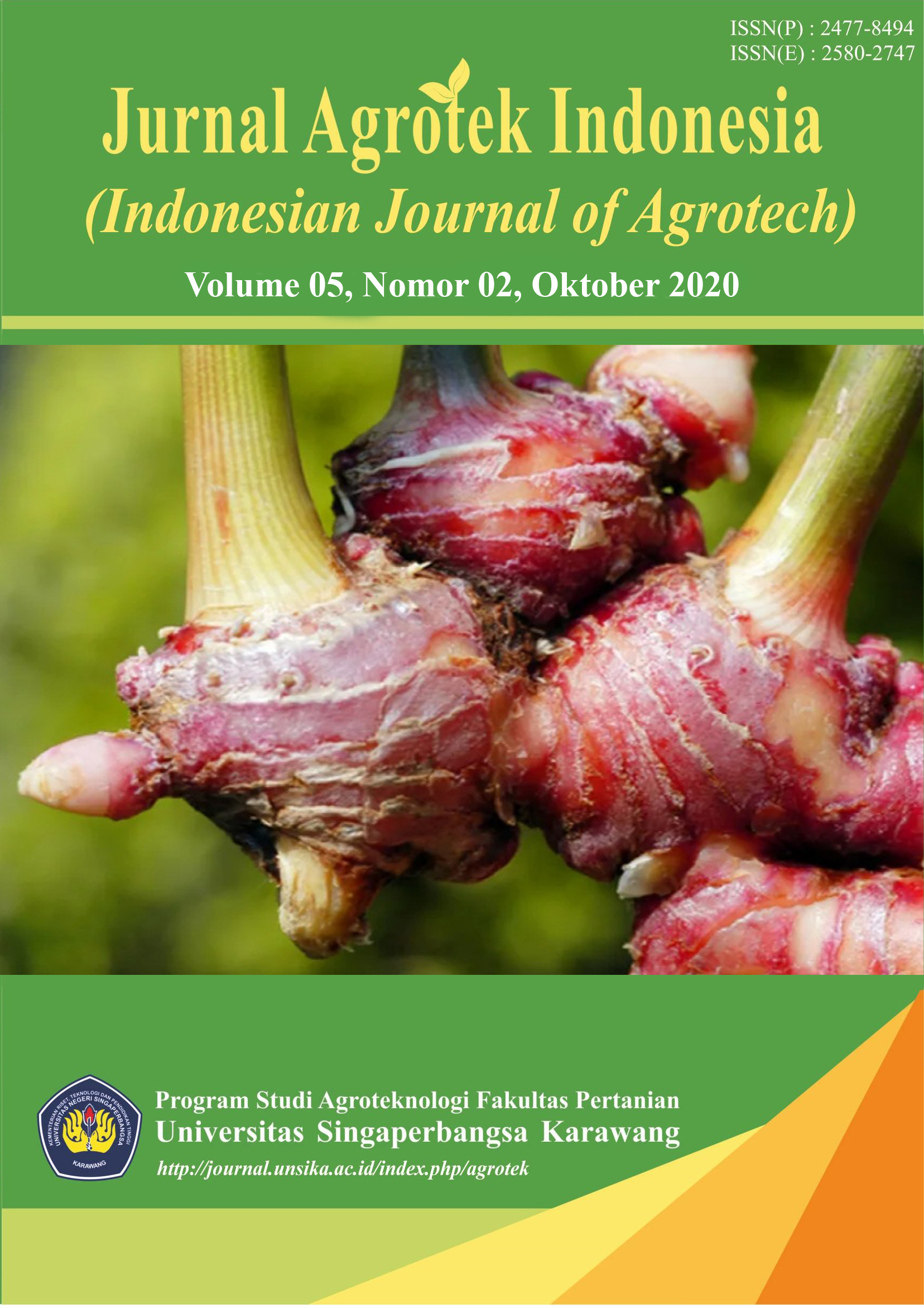Isolation and Characterization Indigenous Fungi and its Potential for Biodelignification
Abstract
Biodelignification is a preliminary process of removing lignin from lignocellulosic materials using microorganisms. In the textile industry, the enzymes produced by fungi are used to degrade synthetic dyes in waste, soil bioremediation, biodegradation of phenol pollutants in the environment, and pulp and paper processing. (Mosier. Et al., 2005). Indigenous fungi are fungi that have the ability to degrade organic compounds and make them a source of nutrients for metabolism and life (Raju, et al., 2007). Fungi were chosen as one of the organisms for Biodelignification because they are able to degrade toxic components by means of transformation, namely changing the hazardous chemicals that are formed in the soil (Sullia, 2000). Fungi can survive in various environments on different media including soil. Wastes with various organic compounds are difficult to degrade due to their polymer shape, and only a small amount can be hydrolyzed due to their composite and complex structure. Some indigenous fungi that live in the soil have the ability to break down various organic compounds including lignin and cellulose. This fungus produces ligninase, which is an enzyme that can break down lignin and cellulase compounds (Yang et al., 2005, Guang et al., 2006). This research was conducted to obtain fungal isolates that have the ability to degrade lignin. Isolation is taken from soil sources contaminated with textile waste, isolated using lignin selective media with tannic acid as the sole C source. The method used in this research is descriptive exploration method in field sampling and experimental method for laboratory observations, namely the isolation and culture of fungi by dilution method, then identification of fungal genus is carried out by the Moist Chamber method, while the properties and morphology are described descriptively based on literature guide Introduction To Food-Borne Fungi (Samson et al., 1995). The results obtained 11 isolates of fungi that have ligninolytic abilities. Genus Aspergillus, sp. has the highest ligninolytic ability by producing a clear zone diameter of 3.45 cm on the 3rd day.
Downloads
Downloads
Published
How to Cite
Issue
Section
License

This work is licensed under a Creative Commons Attribution-ShareAlike 4.0 International License.









